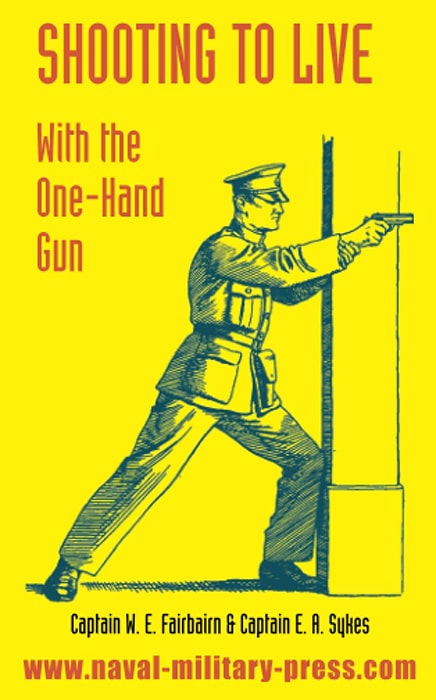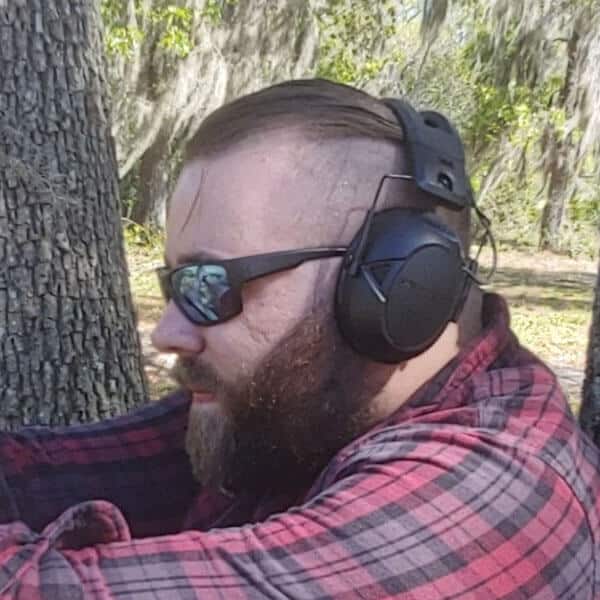In today’s article, Travis Pike provides a practical review of the classic book “Shooting to Live” by Fairbairn and Sykes. Considered by many to be a forerunner to modern defensive firearms training, the book focused on the use of handguns in self-defense scenarios. The authors, with their extensive experience in law enforcement and military training, emphasize the importance of instinctive shooting, where the shooter reacts swiftly and accurately without the need for precise aiming. Pike takes these lessons onto the range to evaluate the effectiveness of these techniques.
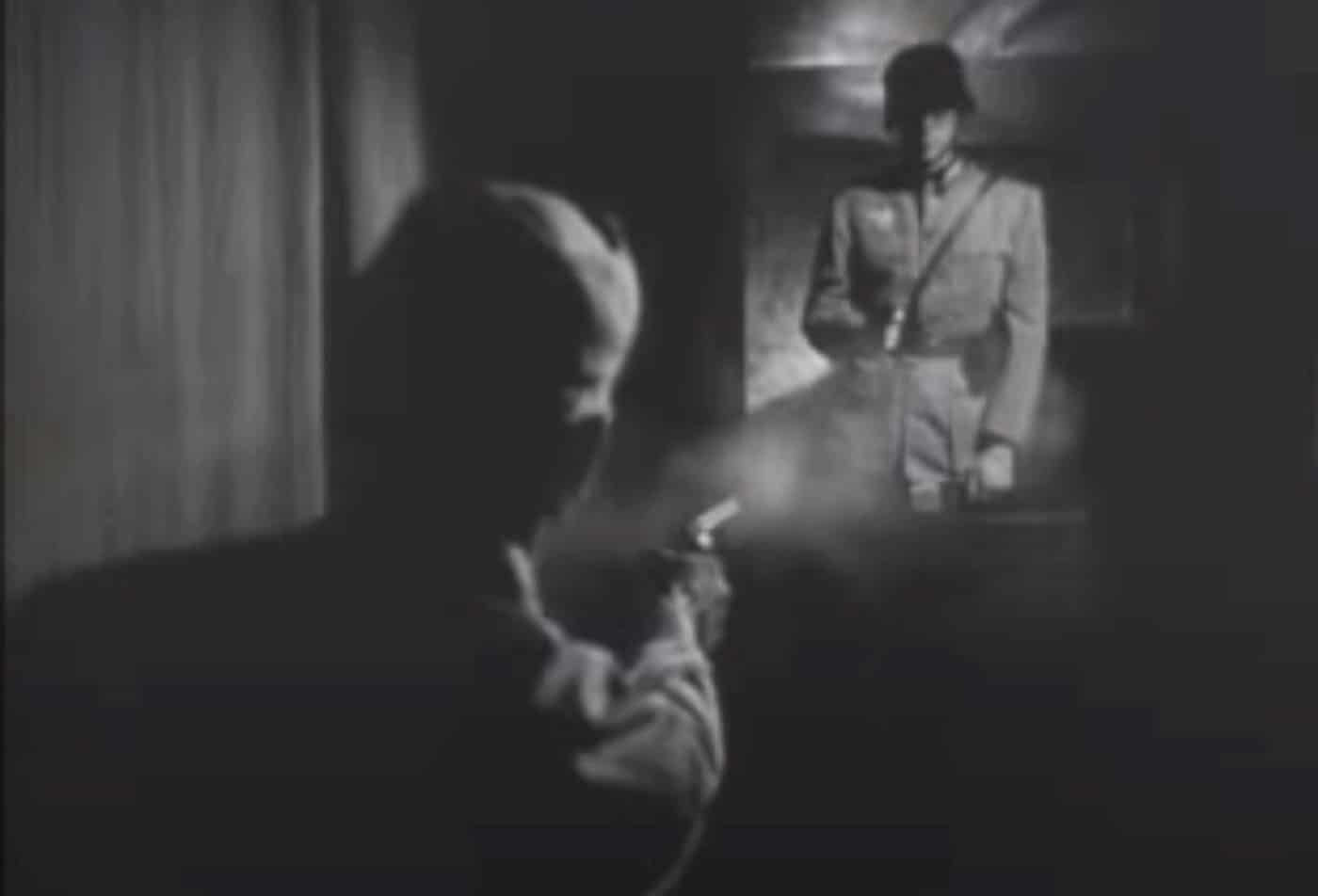
This book is a step back in time. A fascinating one, for sure. This is a time capsule that shows the beginnings of the tactics and techniques we still use today. This book was written in 1942, and the authors, Captain Eric A. Sykes and Captain William E. Fairbairn, were in charge of a police force in the most dangerous city in the world: Shanghai.
The Shanghai Municipal Police faced violence daily and these two policemen led and trained the men who brought order into chaos. It is said that no man bore more scars on his hands, arms and legs than Capt. Fairbairn due to his time on the police force.
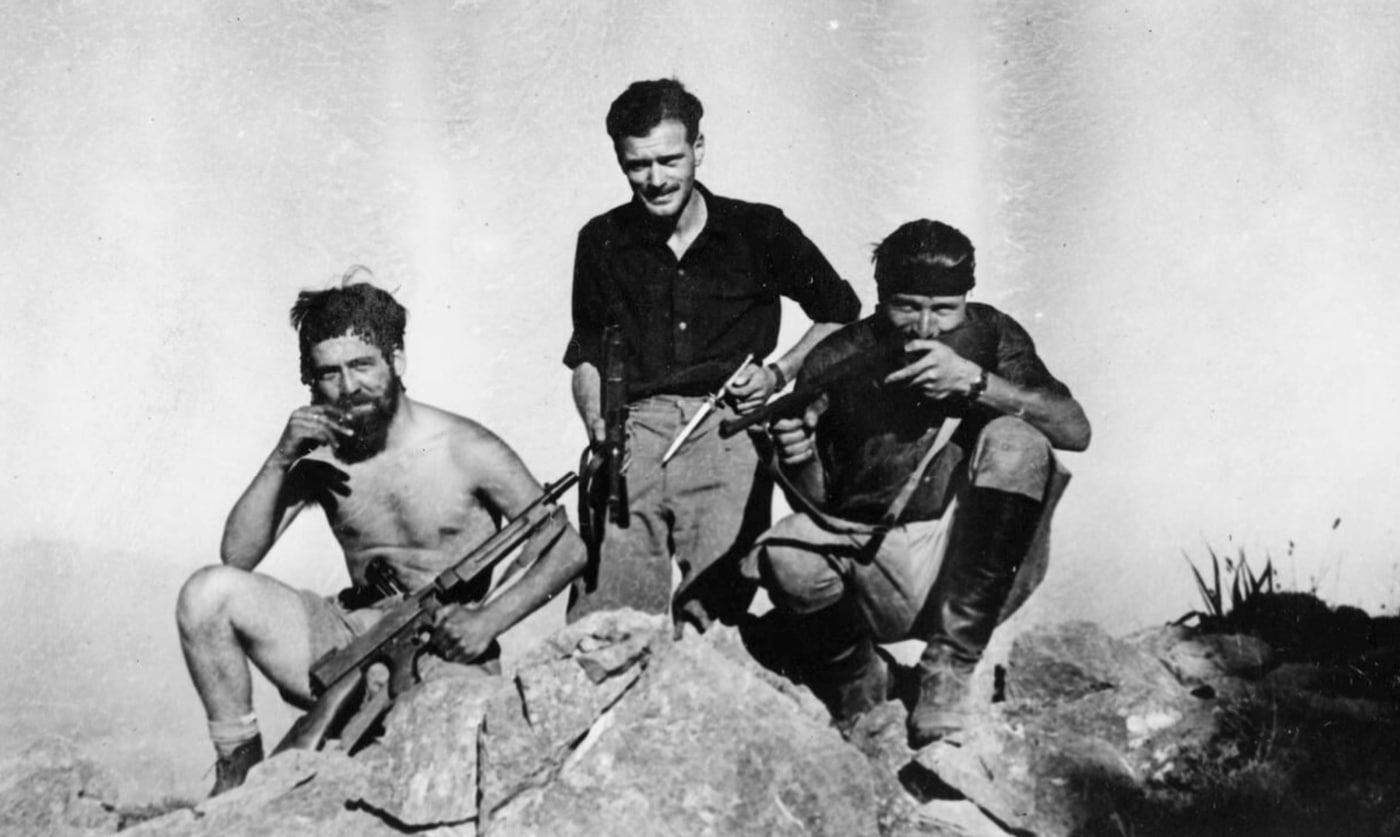
They learned hard lessons on the harsh streets, and this book laid down the techniques they learned were necessary to overcome the violent attacks they encountered. In their time in Shanghai, they were involved in more than 200 violent incidents involving guns, fists and every weapon imaginable. These experiences would prepare them for World War II, during which they would train Allied special operations troops in close-quarters combat.
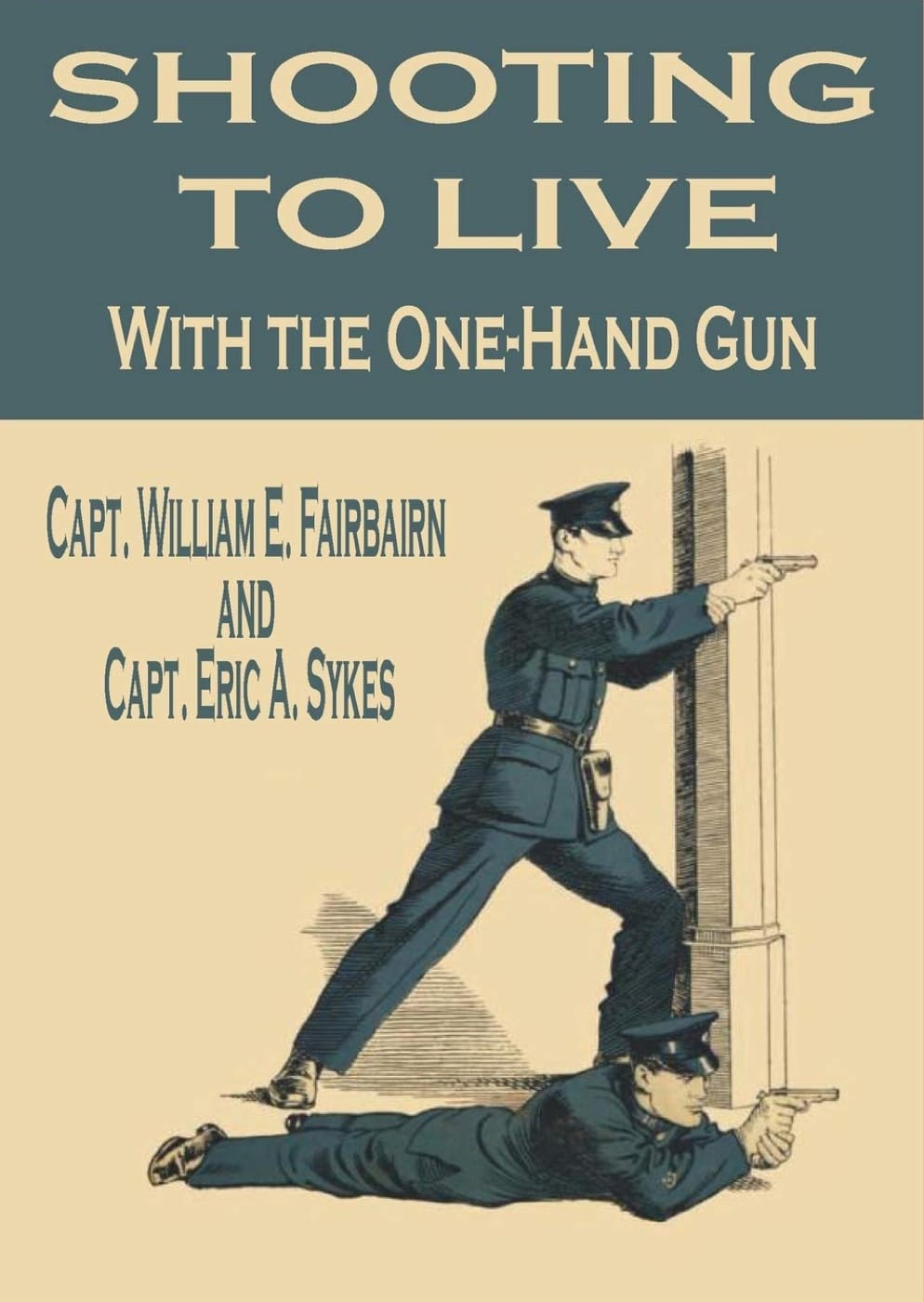
The book is interesting and written in a unique style with a very civilized tone. Hemingway would hate all the adjectives and flowy talk, but I found that it has its charms.
Early in the book, Capt. Sykes and Capt. Fairbairn discuss realistic training methods and talk about the limitations of square range traditional marksmanship. The authors state very clearly that defensive shooting training should be “…practiced under circumstances which approximate as nearly as possible to actual fighting conditions.”
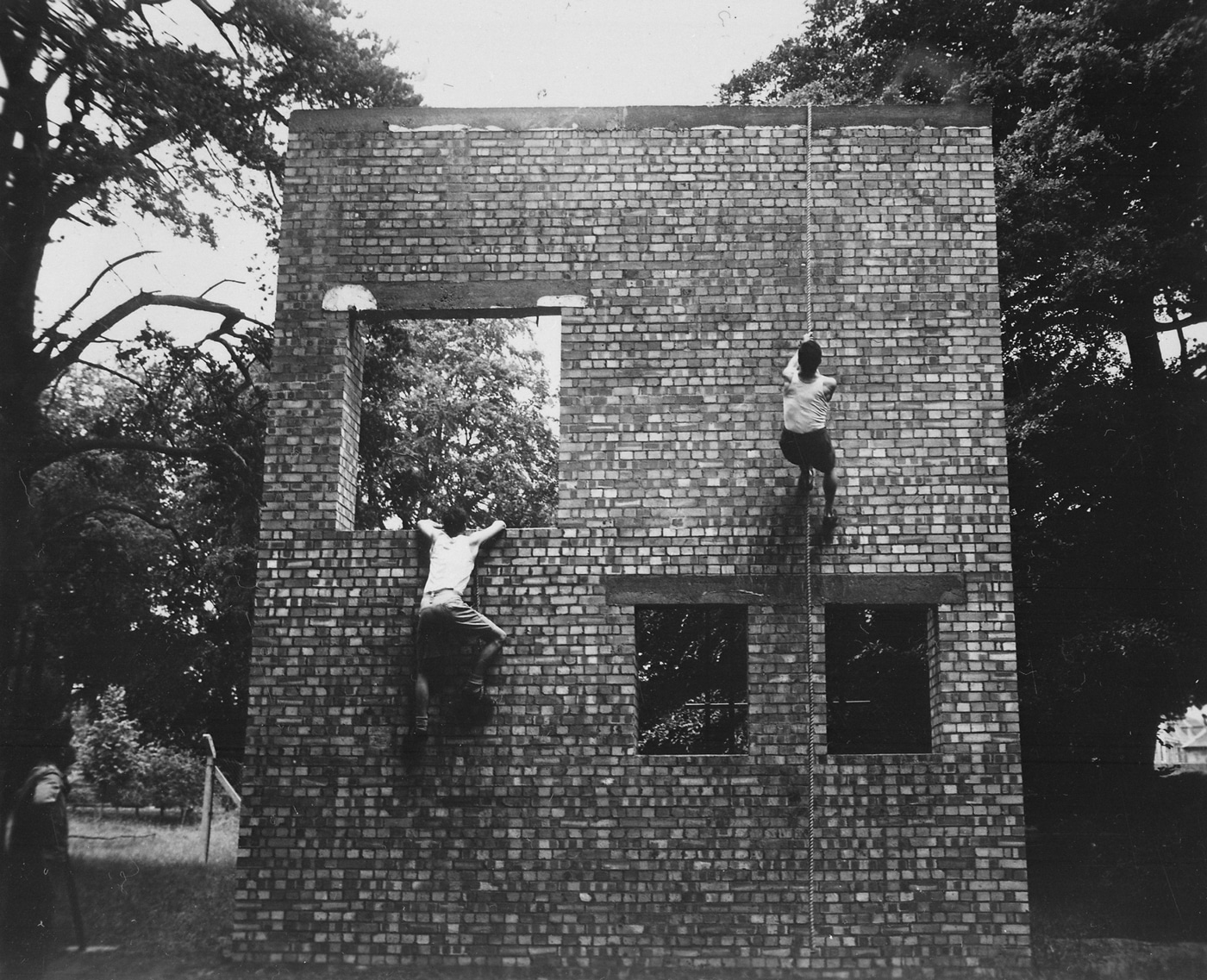
While that may not sound revolutionary today, when these men were training others some 80 years ago, it was a new idea.
The book covers choosing a handgun. A product of its time, it offers reasonable advice for firearms selection based on what was available in the 1940s. Contrary to what some might guess, they even suggest an automatic over a revolver. From there, we get instructions on setting up a course for potential recruits, and it’s very military training aide-like. It lists simple functions the students should do, loading and unloading, charging the pistol, etc.
It’s All in the Hips
The book moves into more advanced training with interesting nuggets still used today. Buried in this chapter are numerous quarter hip positions. I found the advanced training chapter is somewhat messy. It’s good advice but seems poorly organized. It goes from teaching the three-quarter hip position to talking about why shooting award badges are bad and then to having recruits run, jump and climb before they shoot, and finally back to the other two hip positions.
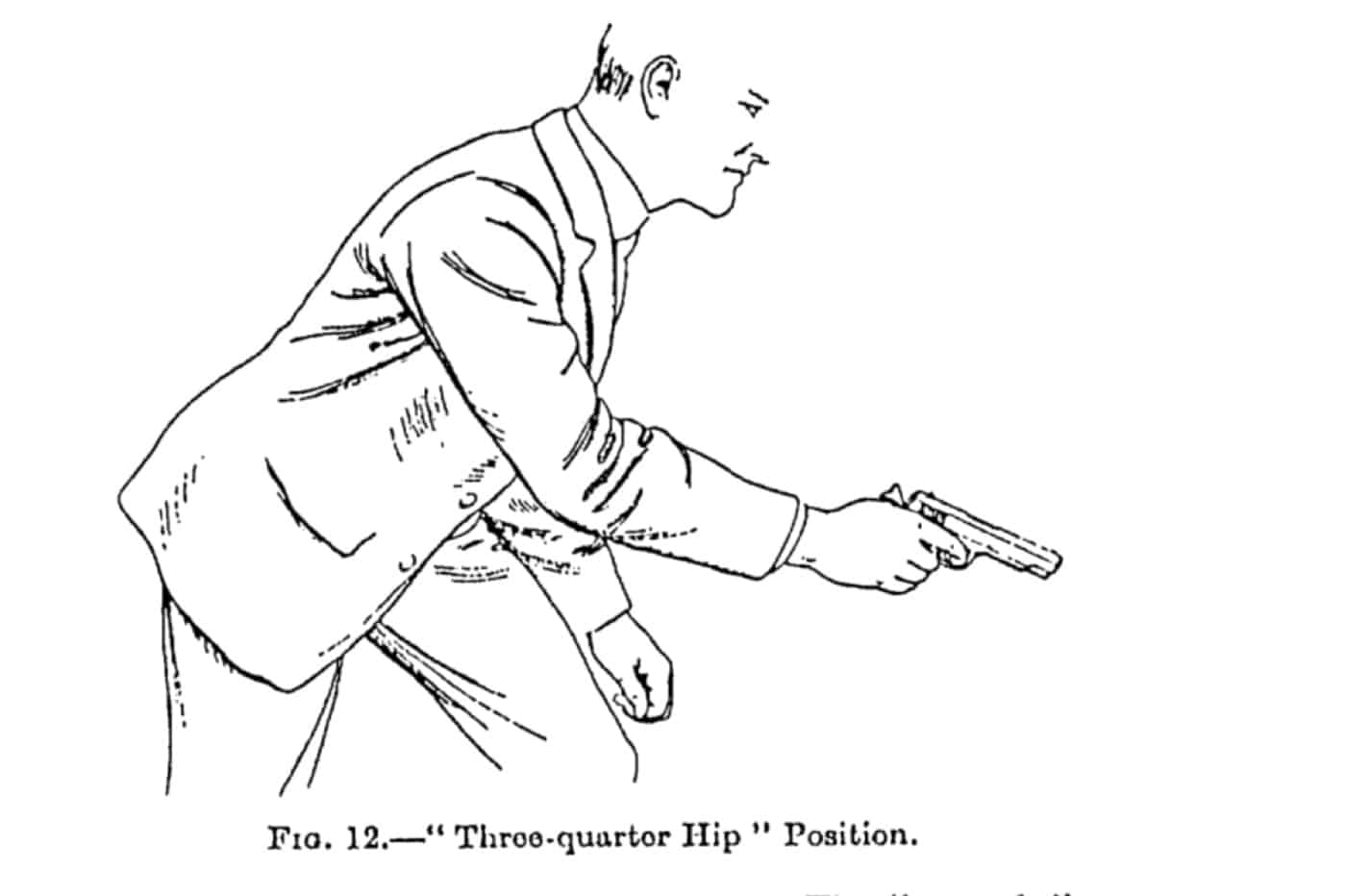
The advice is good, and it’s interesting to note that Fairbairn and Sykes were teaching people to shoot with a high heart rate, while under stress and suffering from fatigue.
The hip positions are interesting, and the three-quarter hip position seems to be the main one they taught for moving and shooting. They describe it as a semi-crouching position where the shooter fires from a somewhat close retention position.
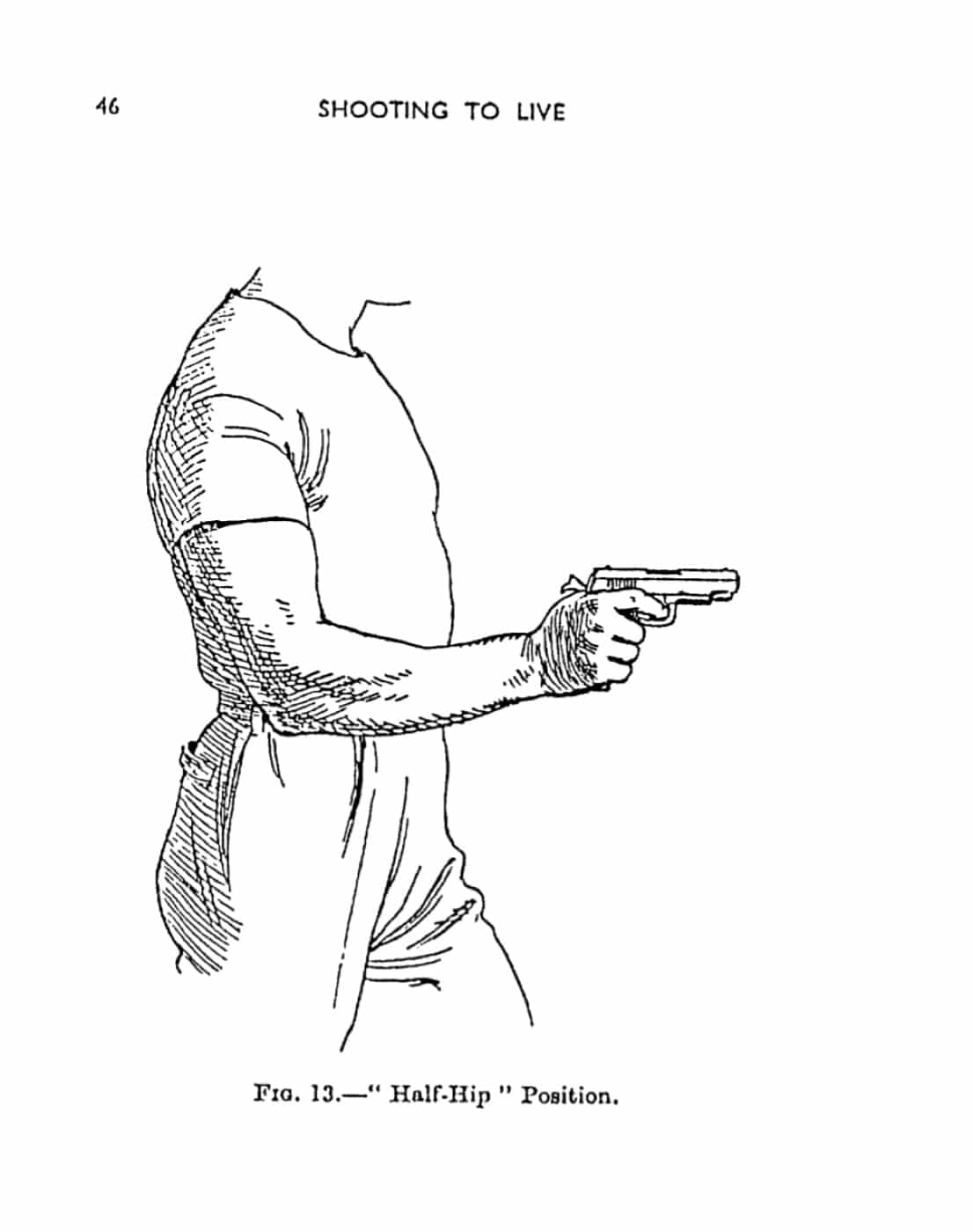
They felt the position was ideal for use in the tight city streets of Shanghai. It allowed policemen to stay low, move and keep their guns in a position to make it difficult for an attacker to take. Designed for close quarters, the recruits were supposed to train at 3 yards, then 4 yards, and so on until their group of three shots grew over 6 inches.
The half hip is similar to the three-quarter hip position, but the gun is held tighter to the body for increased retention. The close hip is also what we call close retention these days. Back then, it was extremely close quarters and designed to be used as the gun is drawn. It’s listed as a one-yard technique.
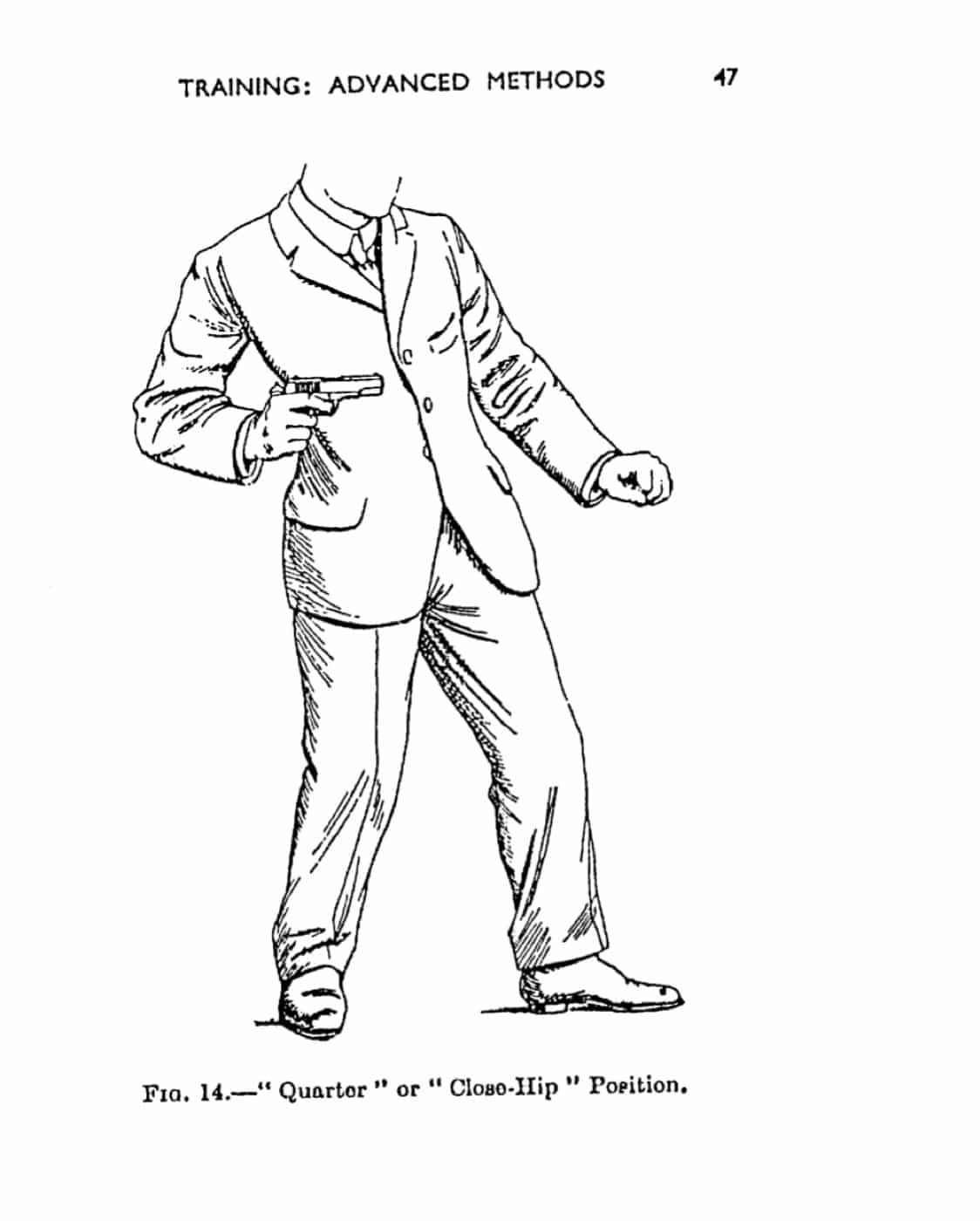
Throughout the whole book, there is a lot of focus on one-handed techniques, but to be fair, these techniques are designed for shooting at very short distances. The book advised to use a two-handed technique when targets are more than ten yards away. One two-handed technique demonstrated is the modern thumbs-forward grip frequently taught today.
We also see shooting around cover and the prone position. My only issue is the cover advice is a bit outdated and focuses on light and telephone poles, likely the best cover they had in Shanghai.
On and On
In the chapter titled “Pistol and Cartridge,” the authors cover firearms maintenance including a great story about taking care of your magazines. On top of that, they talk about ammunition longevity when being carried and swapped between officers. It’s interesting on a historical note but not much use to civilians seeking just shooting techniques. The same goes for the next chapter on building a range. The writing team also covers holster care and stopping power, but as you might guess, this section is fairly outdated in the face of modern holsters and ballistics.
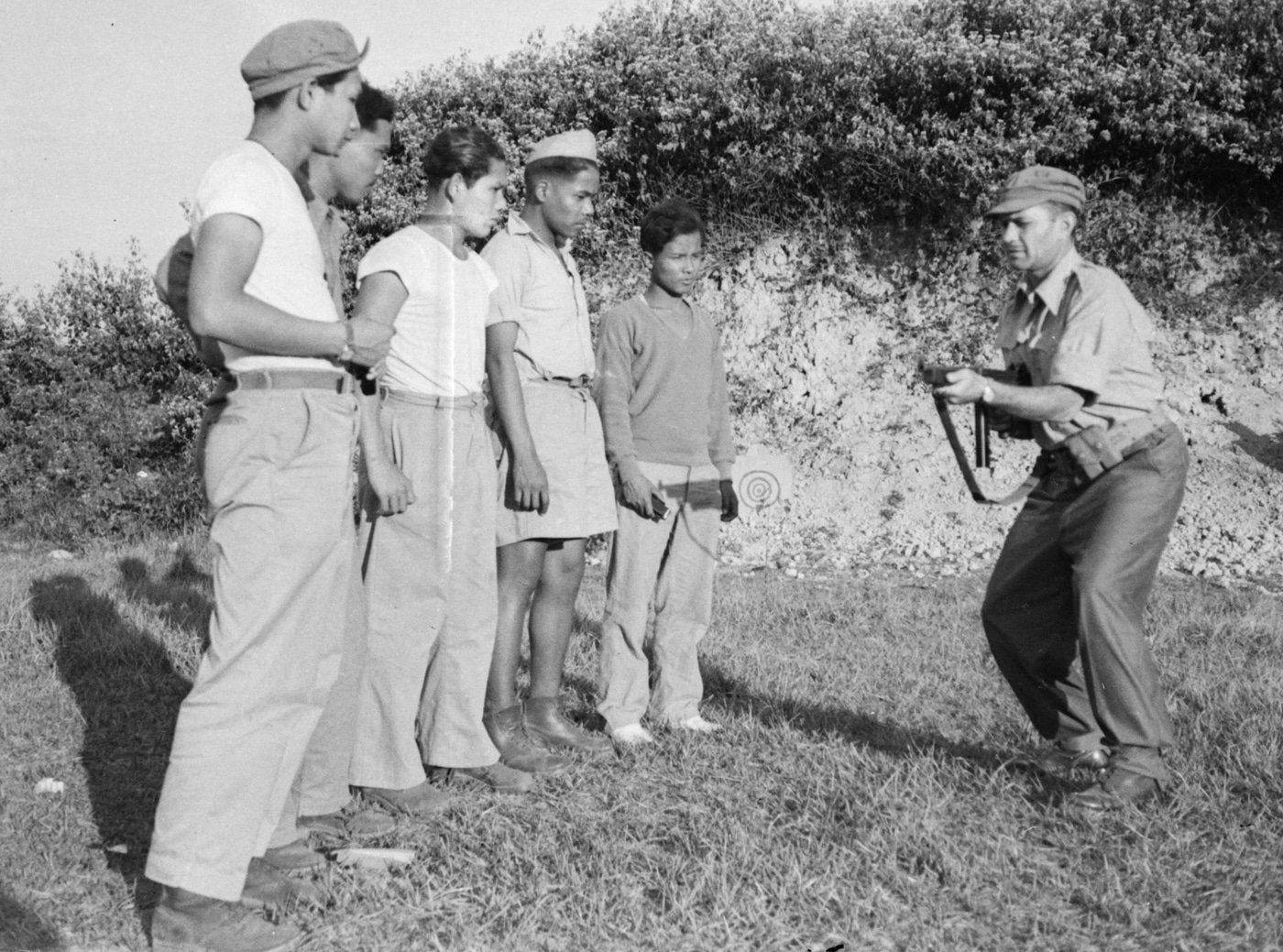
The book itself is interesting, and the illustrations are informative. It’s certainly a better read than some of the black and white, grainy pictures from the gun manuals of the 80s and 90s. Without a doubt, the authors were not professional writers. The book often feels disorganized, but the information remains valid. From a historical perspective, the book is a fascinating look at firearms training from years long gone.
If you are an experienced shooter with several quality training classes under your belt, you likely won’t learn much. For a novice shooter, there is a bit more meat there. It’s certainly a testament to the experience of Captains Fairbairn and Sykes that the book retains relevance in the modern world.
Editor’s Note: Be sure to check out The Armory Life Forum, where you can comment about our daily articles, as well as just talk guns and gear. Click the “Go To Forum Thread” link below to jump in!
Join the Discussion
Featured in this video
Continue Reading
Did you enjoy this video?

 70
70




